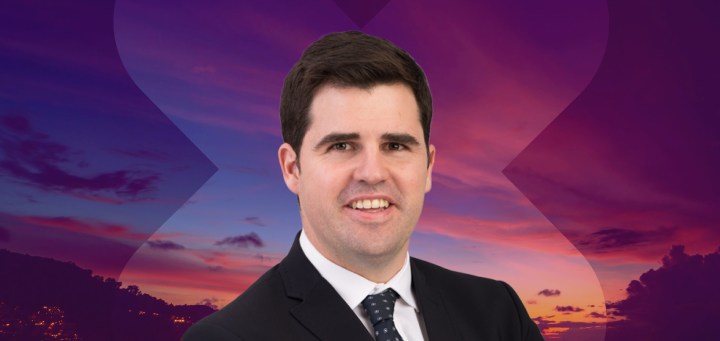SPONSORED CONTENT
Why the introduction of actively managed ETFs is good news for local investors

The JSE’s move to allow listings of actively managed exchange-traded funds (ETFs) keeps the bourse at the forefront of financial market innovation and, more importantly, is a positive development for South African investors.
According to Chris Rule, Head of Client Solutions, “The real significance of this move is that issuers like CoreShares by 10X can now list multi-asset strategies in ETF format. This means that local institutional and retail investors will be able to use these funds in the pursuit of specific outcomes – just like they would with more traditional multi-asset strategies.”
The introduction of actively managed ETFs is a natural progression of this burgeoning segment of the investment market, which has ballooned in size over the past decade.
ETFs have traditionally been seen as passive investment vehicles that track indices such as the S&P 500 and the MSCI World Index. But thanks to the new legislation, ETFs will no longer be confined to index tracking, and actively managed ETFs can now become flexible investment products which were previously off-limits. According to Chris Rule, “ETFs, which are essentially tradeable collective investment schemes, offer low-cost access to a broad range of underlying assets.”
This means investors who prefer owning transparent, easily tradable assets can now access funds that were once only available in the traditional unlisted unit trust format.
While preferences are driven by individual circumstances, we see actively managed ETFs holding a number of advantages over unit trusts.
For one thing, anyone who can access JSE-listed shares – that includes retail investors with online trading accounts – can invest in an ETF. On the other hand, a unit trust must be bought through a linked investment service provider or from the fund manager directly.
As listed products, ETFs are traded on the JSE throughout the day, while unit trusts are priced just once daily. Moreover, ETF holdings are published daily, while traditional unit trusts are only obliged to disclose their holdings quarterly. Further, trading costs are explicit and transparent in the ETF space, unlike with unit trusts.
This all means the advent of actively managed ETFs could bring enhanced transparency and accessibility to the world of unit trusts.
The new regulations, which came into effect in October 2022, allow any strategy that can qualify as a unit trust to be able to list on the JSE – with the added proviso that the underlying assets and securities “must be sufficiently liquid for robust pricing”.
Two models are allowed under the new rules.
First, fully transparent actively managed ETFs will operate in the same way that traditional ETFs do – with daily disclosures of holdings and market makers providing live bids and offers on the exchange throughout the day.
Then there are semi-transparent funds, which disclose their holdings quarterly, with a 30-day lag. In this case, the issuer will appoint a third party to publish an intraday net asset value (INAV) during market hours so that market makers have sight of the intraday fair value of the ETF, and can provide live bids and offers throughout the day.
Under the new regulations, ETF managers can make important strategic – rather than static – asset allocation decisions. They can also include asset classes that cannot be indexed, such as South African corporate debt.
Together, this lends itself to the creation of multi-asset ETFs that are outcomes-focused and comprehensive in scope.
But to add value in a portfolio, actively managed ETFs will of course need to offer the same traits as their predecessors – cost containment, diversification, and transparency.
If they get this right, these products could attract substantial inflows.
Rule also notes that if actively managed ETFs get cost containment, diversification, and transparency right, “these products could attract substantial inflows. Nevertheless, they will not displace index-tracking ETFs, whose role is to provide efficient, low-cost exposure to specific markets or asset classes.”
And this is not a case of active versus passive investing. We are firmly of the view that there is no such thing as a passive investment, since all investment decisions are, by their very nature, actively made.
Going forward 10x expects significant growth in the ETFs market.
Despite some progress, South African investors have small allocations to ETFs compared to their peers in developed markets. This will change over time, and the introduction of actively managed funds could accelerate the move in that direction. DM/BM
Author: Chris Rule, Head of Client Solutions at 10x Investments
















